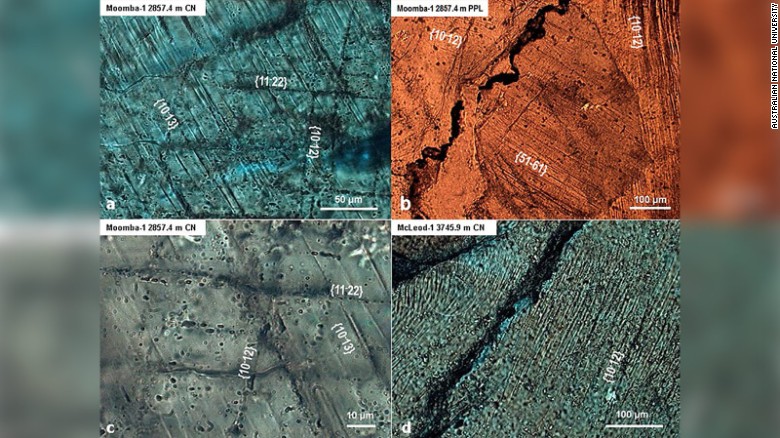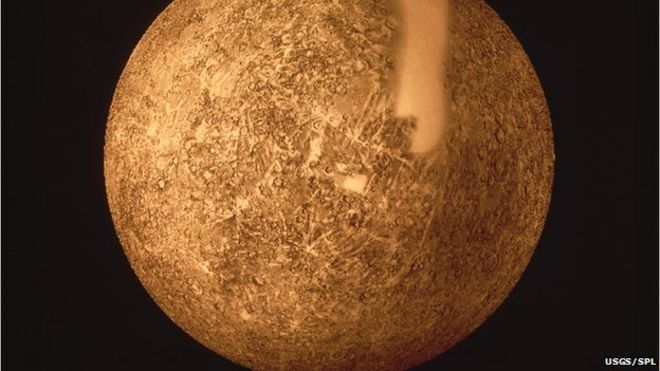
(CNN)The massive meteorite split in two shortly before smashing into Earth, wiping out large numbers of species.
The devastating event took place on our planet many millions of years ago, but researchers are only now beginning to discover what happened.
In a remote part of Central Australia, the two pieces of asteroid left what geophysicists say is the largest impact zone ever found on Earth, spreading over an area 400 kilometers (250 miles) wide.
“The two asteroids must each have been over 10 kilometers across — it would have been curtains for many life species on the planet at the time,” said lead researcher Andrew Glikson of the Australian National University.
The team published its research in the journal Tectonophysics this month.
The crater caused by the asteroids vanished long ago. But Glikson said the researchers stumbled across scars from the impacts during drilling for geothermal research.
via Study: Largest ever asteroid impact found in Australia – CNN.com.



